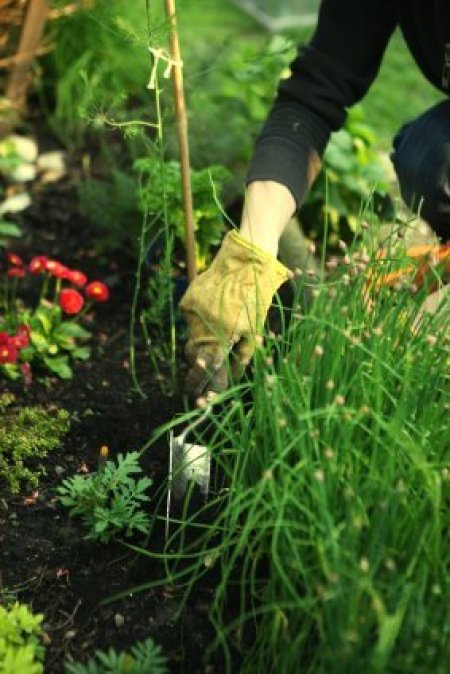Winter is a great time for planning, preparing, and organizing next year's garden. Here are some plan-ahead projects for the winter months that will help you get a jump on next year's growing season.
January usually hails the onslaught of new seed catalogs. This is a great time to start thinking about what types of new varieties you might want to plant in next year's garden. Perhaps you're tire of looking at a bare spot, or a certain plant has never quite lived up to its potential (too floppy, the wrong color, or prone to disease) and it's time to replace it with something new. Maybe this year will be the year you try a new technique or learn a new culinary skill. What is lasagna gardening? Which types of cucumbers are best for making pickles? What types of dwarf apple trees are best for cider-making? Peruse seed catalogs, read gardening books, and research horticultural sites online. Keep a notebook handy to jot down information and new ideas so you can implement them into next year's garden.
The earlier you order your seeds the better your chances are of getting the varieties you want. It also allows you time to correct errors or make changes if for some reason there turns out to be a problem with your order. If you plan to start vegetable or flower seeds indoors, you'll want to have them by January or February so you can create a "growing calendar" of when to sow your seeds and transplant your seedlings.
Winter is a great time to stockpile supplies-especially things that you use in bulk like newspapers and seed starting containers. Dollar stores and thrift stores are great places to save money on supplies like spray bottles, Popsicle sticks (plant markers), blankets and sheets, and gardening gloves. Certain garden supplies (like seed broadcasters and row covers) have a tendency to disappear quickly from store shelves.
As soon as cold weather arrives, the compost pile slows down and so do our efforts to maintain it. Kitchen composting can be carried on all year 'round. If you don't want to run to the compost pile every time you make a pot of coffee or toss an egg shell, there are a number of ways to store your kitchen scraps indoors until you accumulate enough to make a trip to the compost pile. If you need to store your scraps on the counter top, consider buying an attractive "composting crock". Not only are they pretty to look at, but most come with built-in charcoal filters that all but eliminate potential odors. If you have an area under a cabinet or in a pantry, try a plastic cat litter pail or a five gallon bucket with a cover. Small households may be able to get by with an ice cream pail or coffee can fitted with a tight lid.
Winter is a great time to get crafty. It usually affords us with some time to indulge in creative projects because we don't have to worry about taking care of things outdoors. Now is the time to cast stepping stones, build birdhouses, or design those pretty plant markers you've always wanted to make. If you have extra room in the basement or garage, you might try making yourself a hypertufa planter. If you need some creative inspiration, try searching online or spending some time at your local library or bookstore.

About The Author: Ellen Brown is an environmental writer and photographer and the owner of Sustainable Media, an environmental media company that specializes in helping businesses and organizations promote eco-friendly products and services.
Add your voice! Click below to comment. ThriftyFun is powered by your wisdom!